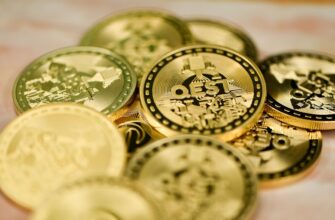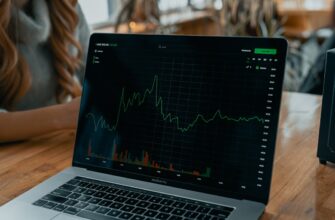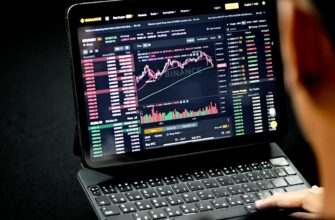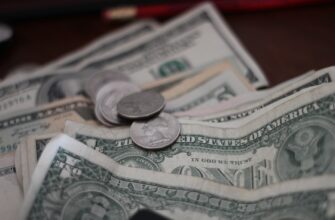Introduction: Why Safe Bitcoin Purchases Matter
Bitcoin offers revolutionary financial opportunities, but its digital nature demands caution. With rising scams and exchange hacks, learning how to safely buy Bitcoin isn’t optional—it’s essential. This guide walks you through security-focused steps to acquire your first cryptocurrency while minimizing risks. We’ll cover exchange selection, account protection, payment methods, storage solutions, and execution tactics to turn you from novice to confident investor.
Choosing a Reputable Bitcoin Exchange
Your exchange is the gateway to Bitcoin—pick wisely. Prioritize platforms with:
- Regulatory Compliance: Look for licenses (e.g., FinCEN in the US, FCA in UK)
- Security History: Check for past breaches and response transparency
- User Reviews: Read independent testimonials on Trustpilot or Reddit
- Liquidity Volume: Higher volume ensures smoother transactions
Top beginner-friendly options include Coinbase, Kraken, and Binance (region-dependent). Avoid obscure platforms promising “too good to be true” fees.
Fortifying Your Exchange Account
Once registered, lock down your account immediately:
- Enable Two-Factor Authentication (2FA) using Authy or Google Authenticator—never SMS
- Create a strong, unique password (12+ characters with symbols)
- Whitelist withdrawal addresses to prevent unauthorized transfers
- Use a dedicated email with 2FA for crypto activities
Treat your exchange account like a bank vault—regularly update security settings and monitor login alerts.
Payment Methods and Identity Verification
Exchanges require Know Your Customer (KYC) checks. Prepare:
- Government ID (passport/driver’s license)
- Proof of address (utility bill)
Payment options impact safety and speed:
- Bank Transfer (ACH/SEPA): Lowest fees but 1-3 day delays
- Debit/Credit Cards: Instant but higher fees (3-5%)
- Apple/Google Pay: Fast with moderate fees
Avoid peer-to-peer trades until you gain experience—escrow services don’t guarantee safety.
Storing Your Bitcoin Securely
Never leave coins on exchanges long-term. Transfer to a wallet you control:
- Hardware Wallets (Cold Storage): Offline devices like Ledger or Trezor—ideal for large holdings
- Mobile Wallets (Hot Wallets): Exodus or Trust Wallet for smaller, accessible amounts
- Paper Wallets: Printed QR codes—secure if generated offline
Always double-check wallet addresses before transferring. Test with small amounts first.
Executing Your First Bitcoin Purchase
Follow this sequence for risk-minimized buying:
- Deposit fiat currency via your chosen payment method
- Navigate to the trading section (e.g., “Buy/Sell”)
- Select “Bitcoin” and enter amount in fiat or BTC
- Choose “Limit Order” to set your desired price (avoids slippage)
- Review fees and confirm transaction
- Immediately transfer BTC to your private wallet
Start with small purchases ($20-$100) to test the process before scaling up.
Bitcoin Safety FAQ
Q: Can I buy Bitcoin anonymously?
A: Legitimate exchanges require ID verification. Privacy-focused methods carry high scam risks.
Q: How much should beginners invest?
A> Only allocate disposable income—never money needed for essentials. Start with 1-5% of your portfolio.
Q: Are Bitcoin ATMs safe?
A> They offer anonymity but charge 7-15% fees. Verify machine legitimacy via CoinATMRadar first.
Q: What if I send BTC to the wrong address?
A> Transactions are irreversible. Always copy-paste addresses and verify the first/last characters.
Q: How often should I check security settings?
A> Review exchange and wallet security quarterly. Update software immediately when notified.
By methodically implementing these steps, you transform Bitcoin buying from a gamble into a calculated, secure process. Stay vigilant, start small, and remember: in crypto, you are your own bank.








